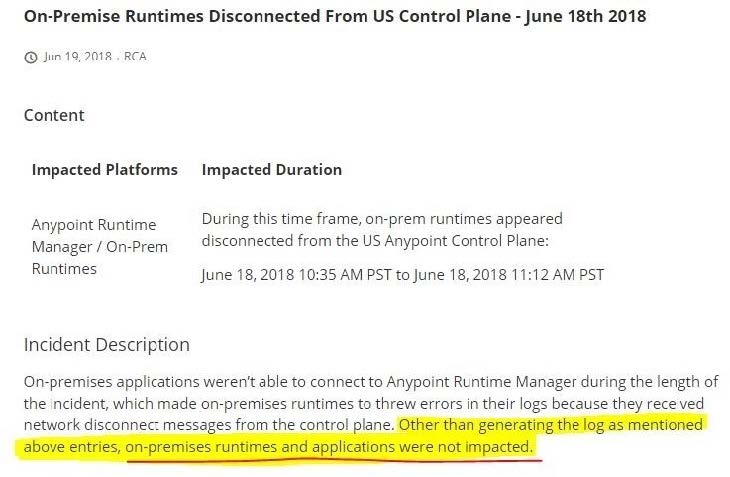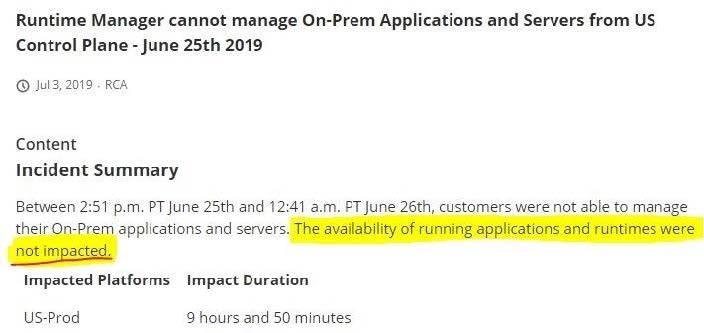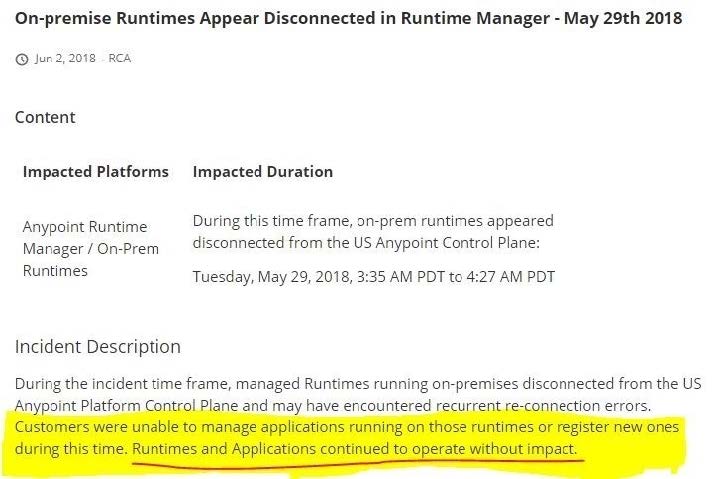MCPA-LEVEL1 Online Practice Questions and Answers
An Order API must be designed that contains significant amounts of integration logic and involves the invocation of the Product API.
The power relationship between Order API and Product API is one of "Customer/Supplier", because the Product API is used heavily throughout the organization and is developed by a dedicated development team located in the office of the CTO. What strategy should be used to deal with the API data model of the Product API within the Order API?
A. Convince the development team of the Product API to adopt the API data model of the Order API such that the integration logic of the Order API can work with one consistent internal data model
B. Work with the API data types of the Product API directly when implementing the integration logic of the Order API such that the Order API uses the same (unchanged) data types as the Product API
C. Implement an anti-corruption layer in the Order API that transforms the Product API data model into internal data types of the Order API
D. Start an organization-wide data modeling initiative that will result in an Enterprise Data Model that will then be used in both the Product API and the Order API
What API policy would be LEAST LIKELY used when designing an Experience API that is intended to work with a consumer mobile phone or tablet application?
A. OAuth 2.0 access token enforcement
B. Client ID enforcement
C. JSON threat protection
D. IPwhitellst
What correctly characterizes unit tests of Mule applications?
A. They test the validity of input and output of source and target systems
B. They must be run in a unit testing environment with dedicated Mule runtimes for the environment
C. They must be triggered by an external client tool or event source
D. They are typically written using MUnit to run in an embedded Mule runtime that does not require external connectivity
What is the main change to the IT operating model that MuleSoft recommends to organizations to improve innovation and clock speed?
A. Drive consumption as much as production of assets; this enables developers to discover and reuse assets from other projects and encourages standardization
B. Expose assets using a Master Data Management (MDM) system; this standardizes projects and enables developers to quickly discover and reuse assets from other projects
C. Implement SOA for reusable APIs to focus on production over consumption; this standardizes on XML and WSDL formats to speed up decision making
D. Create a lean and agile organization that makes many small decisions everyday; this speeds up decision making and enables each line of business to take ownership of its projects
The implementation of a Process API must change.
What is a valid approach that minimizes the impact of this change on API clients?
A. Update the RAML definition of the current Process API and notify API client developers by sending them links to the updated RAML definition
B. Postpone changes until API consumers acknowledge they are ready to migrate to a new Process API or API version
C. Implement required changes to the Process API implementation so that whenever possible, the Process API's RAML definition remains unchanged
D. Implement the Process API changes in a new API implementation, and have the old API implementation return an HTTP status code 301 - Moved Permanently to inform API clients they should be calling the new API implementation
What is a best practice when building System APIs?
A. Document the API using an easily consumable asset like a RAML definition
B. Model all API resources and methods to closely mimic the operations of the backend system
C. Build an Enterprise Data Model (Canonical Data Model) for each backend system and apply it to System APIs
D. Expose to API clients all technical details of the API implementation's interaction wifch the backend system
What do the API invocation metrics provided by Anypoint Platform provide?
A. ROI metrics from APIs that can be directly shared with business users
B. Measurements of the effectiveness of the application network based on the level of reuse
C. Data on past API invocations to help identify anomalies and usage patterns across various APIs
D. Proactive identification of likely future policy violations that exceed a given threat threshold
Refer to the exhibit.

What is true when using customer-hosted Mule runtimes with the MuleSoft-hosted Anypoint Platform control plane (hybrid deployment)?
A. Anypoint Runtime Manager initiates a network connection to a Mule runtime in order to deploy Mule applications
B. The MuleSoft-hosted Shared Load Balancer can be used to load balance API invocations to the Mule runtimes
C. API implementations can run successfully in customer-hosted Mule runtimes, even when they are unable to communicate with the control plane
D. Anypoint Runtime Manager automatically ensures HA in the control plane by creating a new Mule runtime instance in case of a node failure




